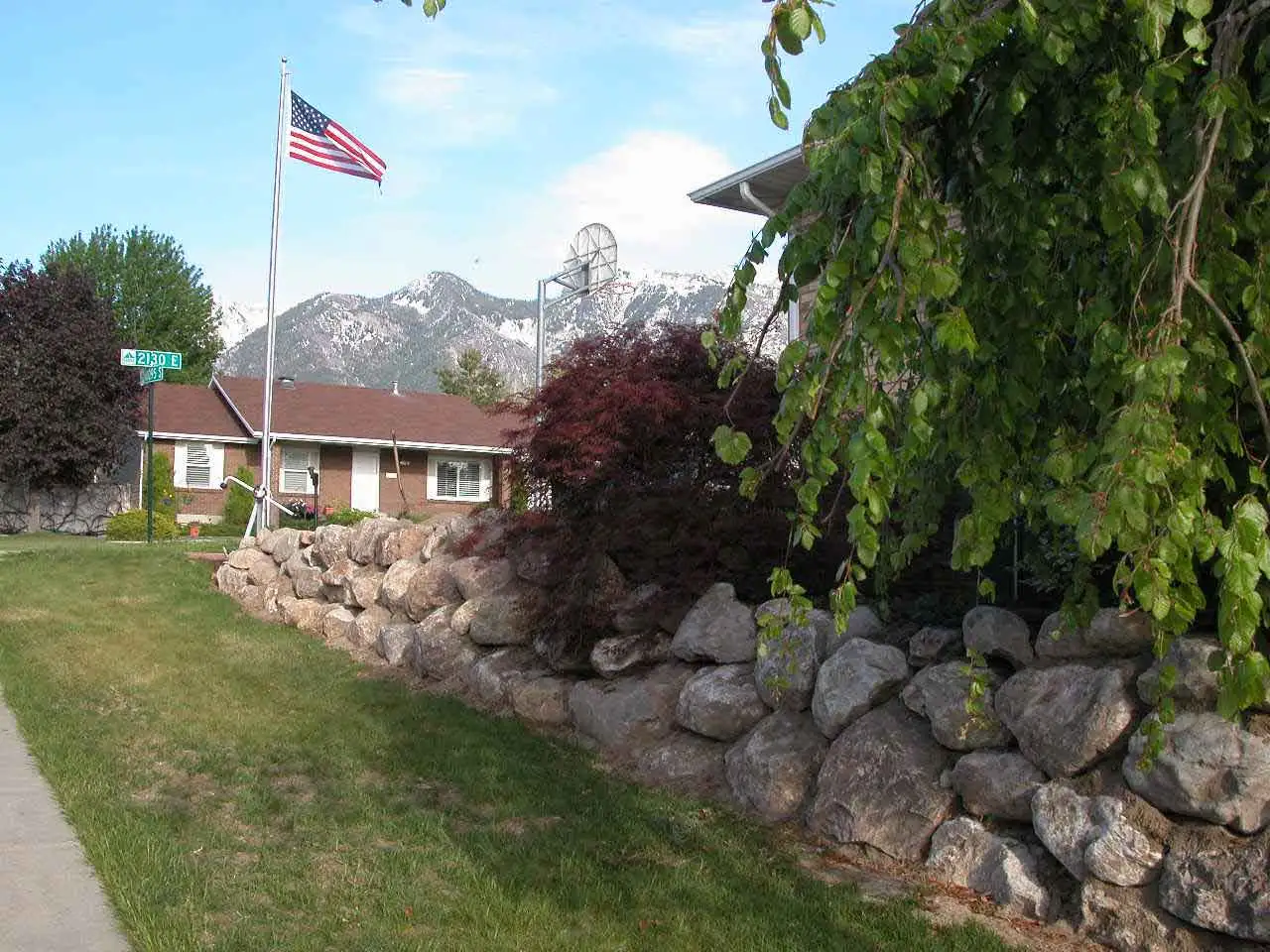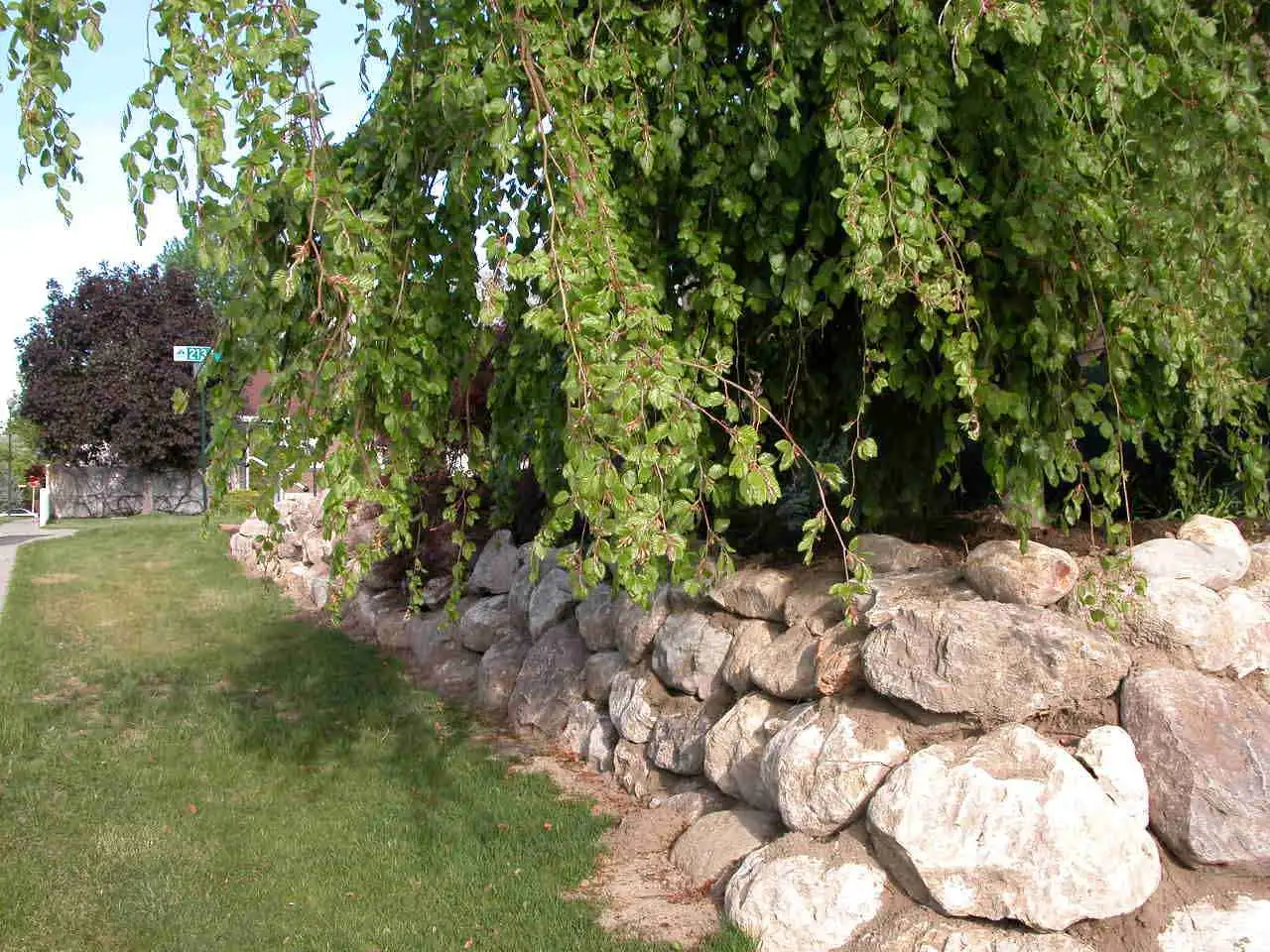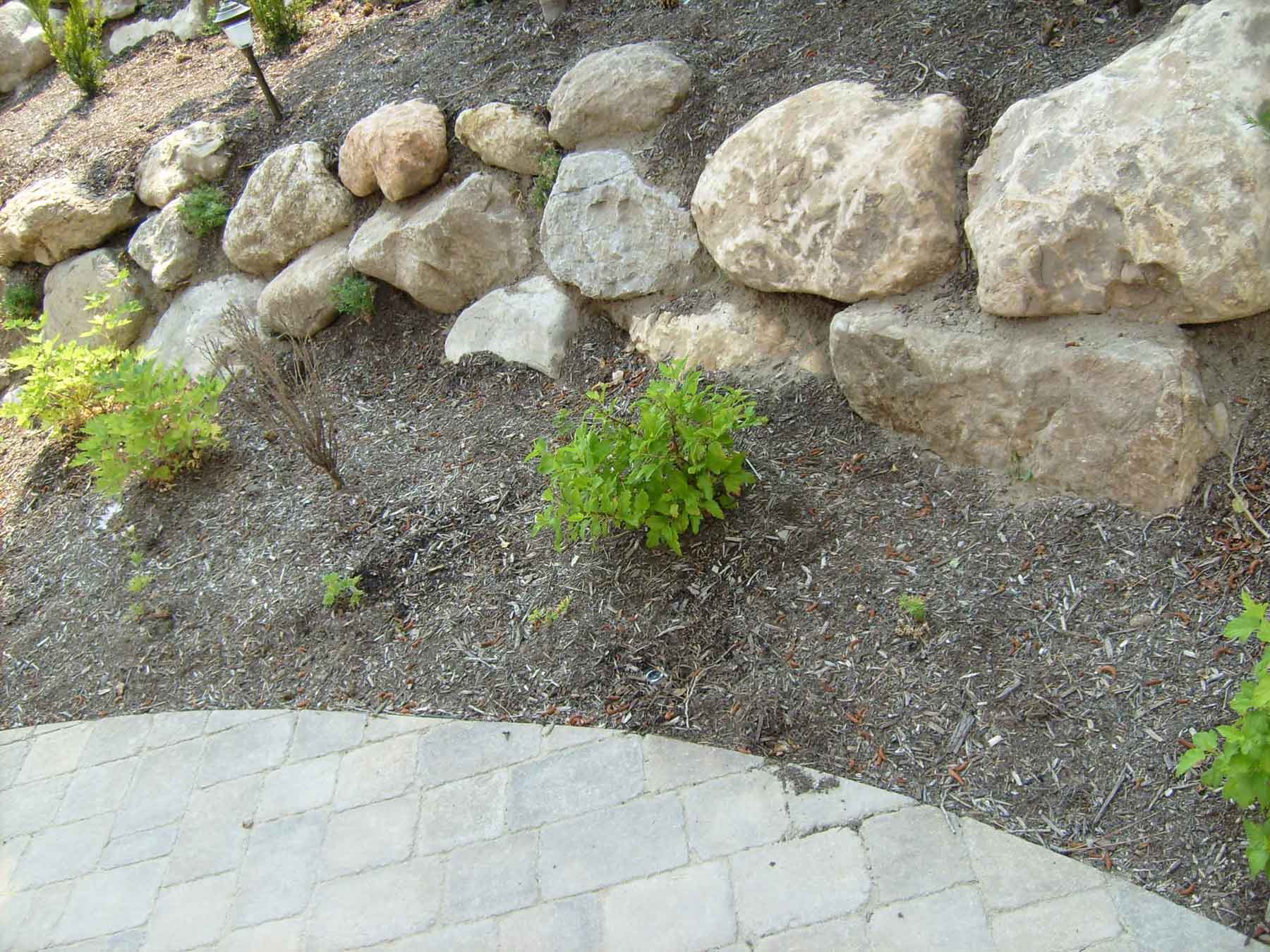
Transform Your Landscape with Exquisite Retaining Walls
Imagine your home, a picture of perfection from roof to entryway. Now envision your yard, an extension of that elegance, where lush greenery meets masterful hardscaping. But what if your landscape is marred by uneven slopes, challenging terrain that threatens both beauty and stability?
Cottonwood Landscapes LLC specializes in crafting stunning retaining walls that not only tame unruly hillsides but also elevate your outdoor living space to new heights of luxury.
Why Choose Cottonwood Landscapes for Your Retaining Walls?
- Unparalleled Expertise: We are masters of our craft, blending engineering precision with artistic vision to create retaining walls that are both structurally sound and visually captivating.
- High-End Materials: We source only the finest materials to ensure enduring beauty and resilience. Choose from a selection of:
- Hand-selected boulders
- Premium-grade bricks
- Exquisite natural stone
- Durable segmental blocks
- Richly textured wood ties
- Architectural-grade concrete
- Customized Designs: Your property is unique, and your retaining walls should be too. Our talented designers work closely with you to create a bespoke solution that complements your architectural style and landscape vision.
- Impeccable Craftsmanship: Our skilled artisans meticulously construct each retaining wall, paying close attention to detail and ensuring flawless execution.
- Elevated Aesthetics: We go beyond the functional to create retaining walls that serve as striking focal points, enhancing the beauty and value of your property.
Exquisite Surface Finishes for a Refined Look
Enhance the beauty and longevity of your retaining walls with our premium surface finishes:
- Stains: Bring out the rich hues and natural textures of your chosen materials with water-based stains that offer both protection and visual depth.
- Stucco: Achieve a timeless, earthy elegance with a stucco finish that adds warmth and character to your walls.
- Veneer: Create the look of natural stone masonry with a cost-effective veneer, expertly applied for a seamless and sophisticated appearance.
Reimagine Your Landscape with Inspired Designs
- Terraced Gardens: Transform sloping terrain into a series of inviting terraces, creating distinct outdoor rooms and maximizing usable space.
- Elevated Patios: Define your patio area with a retaining wall that adds dimension and privacy, creating an intimate oasis for relaxation and entertainment.
- Grand Entrances: Frame your driveway or walkway with retaining walls that add a touch of grandeur and curb appeal.
- Garden Retreats: Create secluded garden nooks with retaining walls that provide shelter and intimacy.
Key Elements of a Cottonwood Landscapes Retaining Wall
- Outer Wall: The visible face of your retaining wall, showcasing the beauty of your chosen materials.
- Drainage Stone: A critical layer that ensures proper water drainage, preventing erosion and ensuring the longevity of your wall.
- Filter Fabric: Prevents soil from clogging the drainage stone, maintaining optimal water flow.
- Batter: The subtle backward slope that provides structural integrity and stability.
- Weep Holes: Strategically placed openings that allow excess water to escape, preventing pressure buildup.
- Footing: A robust foundation that anchors the wall and ensures lasting stability.
- Footing Drain: Efficiently channels water away from the wall’s foundation.
Enhance Your Retaining Walls with Lush Greenery
Soften the hardscape and create a vibrant tapestry of textures with climber plants that gracefully adorn your retaining walls. Choose from a variety of:
- Vines: Boston Ivy, Chocolate Vine, Clematis
- Ivies: English Ivy, Algerian Ivy
- Flowering Climbers: Climbing Hydrangea, Bougainvillea, Wisteria
Increase Your Home's Value
Beyond the undeniable aesthetic and functional benefits, a well-crafted retaining wall is a smart investment that can significantly increase your home’s value. Experts estimate that a professionally installed retaining wall can add anywhere from 5% to 8% to your property value.
See What Our Clients Say
Trustindex verifies that the original source of the review is Google. Dan and his professional team have completed three separate landscaping projects in 2023. We signed our next contract for two additional projects in 2025. Dan Cloward treats us like family. He does it all from design to finished job. Gordon FooteTrustindex verifies that the original source of the review is Google. Cottonwood landscaping is very good at designing your yard. They are personable. They are excited and motivated and supportive and eager to make your project magnificent call them today.Trustindex verifies that the original source of the review is Google. The folks at Cottonwood were awesome from start to finish. They were able to help us design something that perfectly fit how we wanted to use it, even amongst historical permitting and a lot of physical space limitations. Their workers were clean, conscientious and very friendly. They worked very quickly and their attention to detail is amazing. If we had another yard to work with, we would absolutely hire them again.Trustindex verifies that the original source of the review is Google. Very pleased with the results of the landscaping. All the workers were prompt and professional. Everything looks beautiful. Very proud to show our friends, family and neighbors.Trustindex verifies that the original source of the review is Google. I hired Cottonwood Landscapes for 3 projects over 2 summers. A phenomenal job on the paver patio, the focal point of the yard. They were able to provide me with a landscaping vision that I could understand. I had bids from other companies who wanted to cut corners and use low quality materials. The plants and trees that were planted grew well. Their 6 inch steel edging is great. Drip watering in all planter beds.Trustindex verifies that the original source of the review is Google. Amazing work. Our backyard is a beautiful place to sit in the morning.Trustindex verifies that the original source of the review is Google. From the initial meeting to completing the with they were a pleasure to do business with!! They were very responsive, professional, and did an absolutely amazing job. The only way you can even tell they were here was our new patio and landscaping! They cleaned up absolutely everything- I will definitely work with them again!Trustindex verifies that the original source of the review is Google. Built my dream waterfall and pond beyond my expectations and has taken care of our sprinkler and water system needs for years. Definitely would highly recommend!!




Contact Us Today for a Complimentary Consultation
Ready to transform your landscape with exquisite retaining walls that enhance both beauty and functionality? Contact Cottonwood Landscapes today to schedule a complimentary consultation with our expert designers. Let us create an outdoor oasis that reflects your unique style and elevates your lifestyle.
